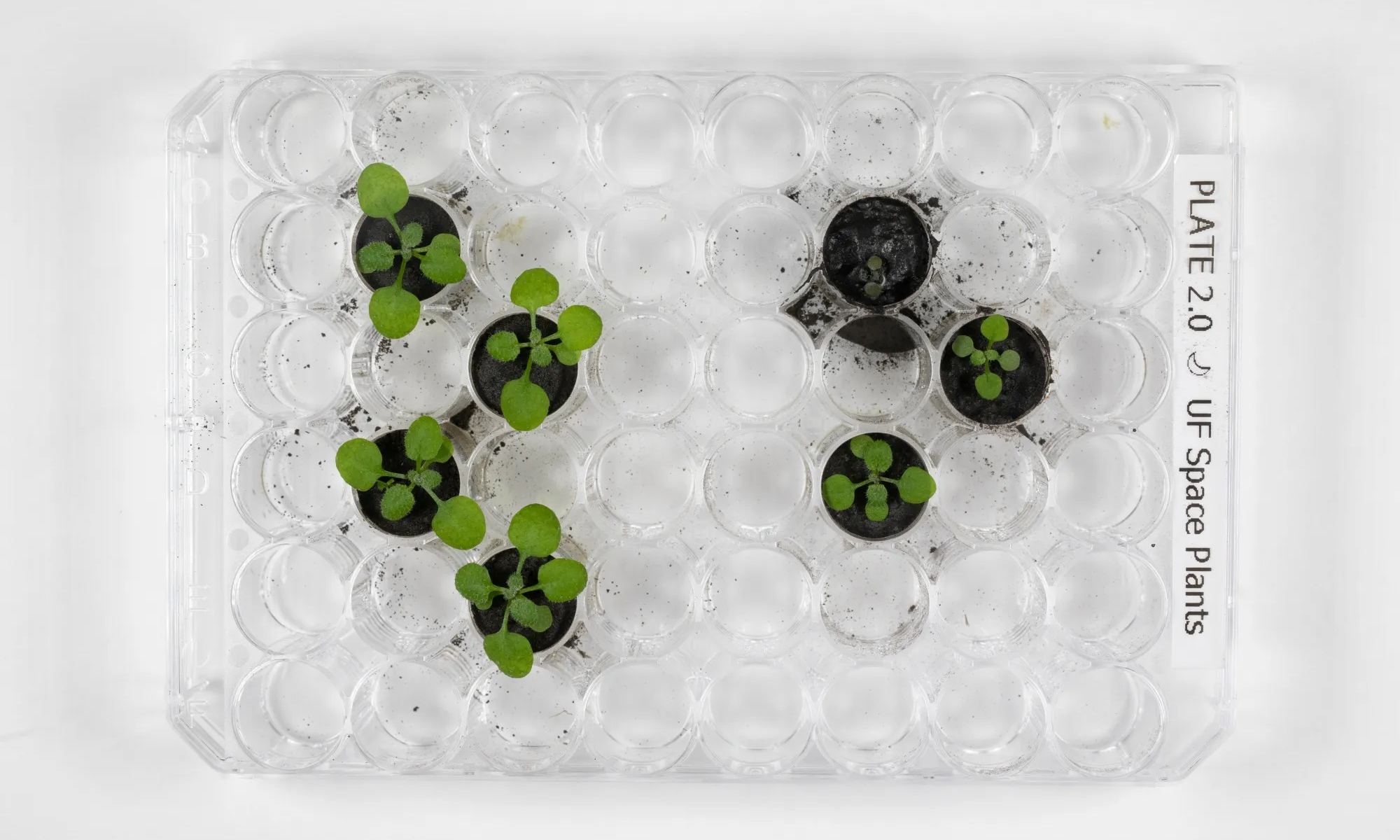In the next decade, NASA, China, and their international and commercial partners plan to establish habitats on the Moon. Through the Artemis Program, NASA will deploy the orbiting Lunar Gateway and the Artemis Base Camp on the lunar surface. Meanwhile, China (and its partner Roscosmos) will deploy the International Lunar Research Station (ILRS), consisting of an orbital and surface element. The creation of this infrastructure will enable a “sustained program of lunar exploration and development” that could lead to a permanent human presence there.
To ensure that humans can work and live sustainably beyond Earth, astronauts and crews will need to be able to harvest local resources to see to their needs – in-situ resource utilization (ISRU). This includes using lunar water ice and regolith to grow plants, providing astronauts with food and an additional source of oxygen and biomass. To test the potential for growing plants on the Moon, a Chinese research team conducted a series of experiments where they grew tobacco plants in simulated lunar soil with the help of bacteria.
The study was conducted by a team from the Colleges of Agronomy and Biotechnology, Engineering, and Horticulture at the China Agricultural University (CAU) in Beijing. The team was led by Yitong Xia, a researcher with the College of Agronomy and Biotechnology at the CAU, and the paper describing their findings recently appeared in Communications Biology, a journal maintained by Nature. As their study indicates, growing plants in lunar soil is essential to reducing reliance on Earth since resupply missions are expensive and time-consuming.

Whereas the International Space Station (ISS) can be restocked in a matter of hours, it takes roughly three days for missions to reach the Moon. As Xia said in a recent interview with Reuters:
“Considering the huge scientific and economic potential of the Moon, we will need to set up manned lunar bases in the future. But how can we provide food, oxygen, and water for the crew members? Of course, we can carry them to the Moon by rockets, but that is economically unsustainable. A greenhouse for plant cultivation on the Moon could greatly reduce the need for Earth-moon transportation.”
“We have several ways to grow plants on the Moon, including transporting horticultural soil to the Moon, building up a hydroponic system (growing plants without soil), or using soil substitutes like hydrogels (gels whose liquid component is water). Those methods do not need lunar soil, but all of them would consume huge carrying capability on rockets, making these plans very expensive.”
As they indicate in their study, the team created lunar soil simulant using volcanic material sourced from the Changbai mountains of China’s Jilin Province, which has similar chemical and physical properties to lunar regolith. They then used two samples of this simulant to grow Nicotiana benthamiana, a close relative of the tobacco plant native to Australia, grown in two samples of regolith simulant. One sample was treated with three strains of bacteria – Bacillus mucilaginosus, Bacillus megaterium, and Pseudomonas fluorescent – while the control group was untreated.
The actions of the bacteria made the soil more acidic, resulting in a low-pH environment that caused insoluble phosphate-containing minerals to dissolve, releasing the phosphorous into the soil for the plants to use. Their results found that the soil treated with these three species of bacteria produced plants with longer stems and roots and heavier and wider clusters of leaves compared to the untreated soil. This experiment builds on similar research conducted last year by a team of horticulturalists from the University of Florida.

In this study, the team grew Arabidopsis thaliana (thale cress), a flowering plant in the mustard family, in twelve thimble-sized containers, each containing a gram of actual lunar regolith collected by the Apollo missions. While the Arabidopsis seeds did grow in the lunar soil, the results were not as robust as those grown in volcanic ash from Earth. These results suggested that lunar soil could use something to boost fertility, which inspired the Chinese team’s decision to add bacteria strains. While other strains were also tested, none showed the same results as the three selected.
“The importance of these findings is that we may be able to use these microbes to turn the lunar regolith into bio-friendly substrate for plant cultivation in future lunar greenhouses,” Xia added. “In contrast, our technique, which is a kind of in-situ resource utilization, applies microbial improvement to the lunar soil, making it more fertile and capable for plant cultivation. Our study achieved the same goal with much less consumption of carrying capability compared with other plans.”
Further Reading: Reuters, Communications Biology

